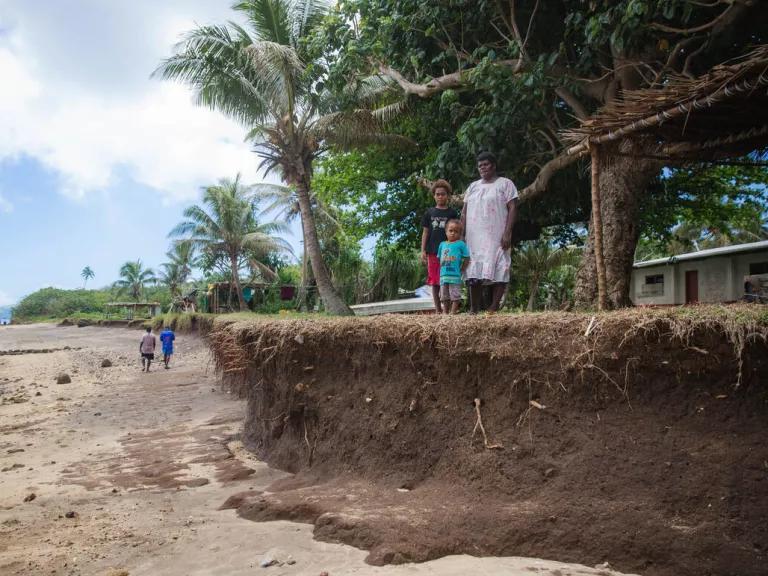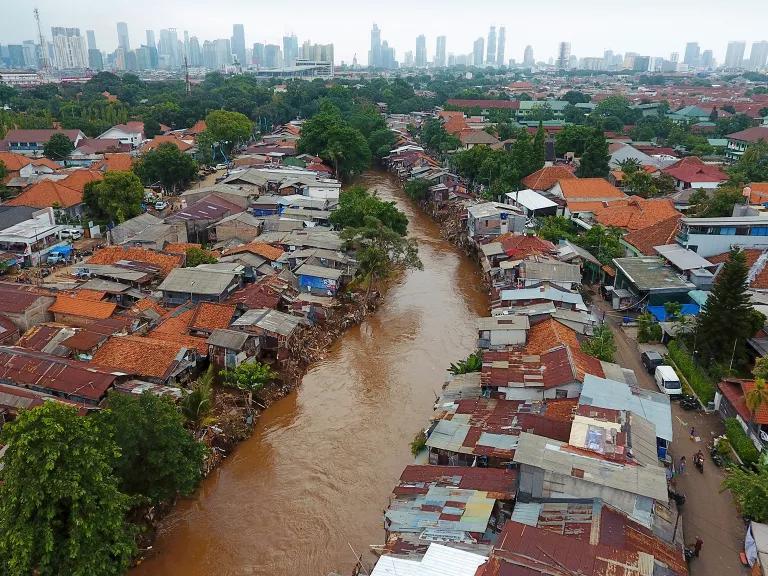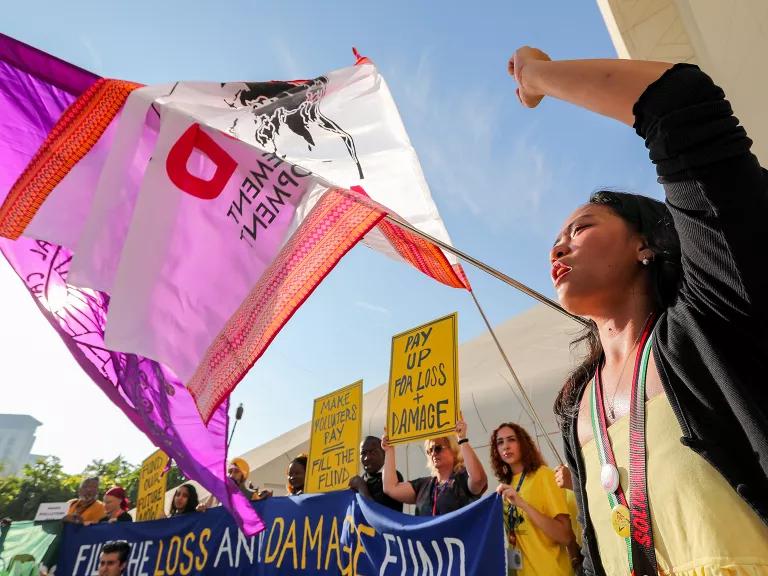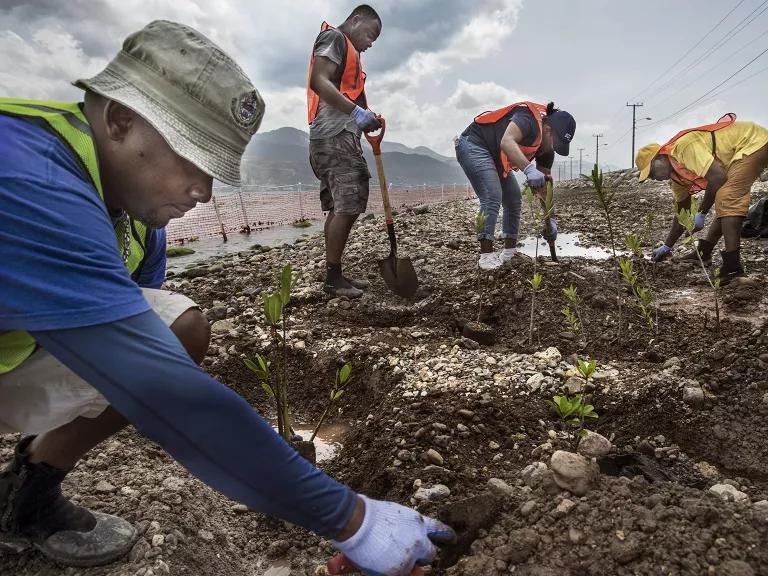.jpg)
Coastal regions are among the most affected by climate change, facing a multitude of challenges that threaten both their ecosystems and human livelihoods. The following sections detail the various impacts of climate change on these vulnerable areas, drawing from an array of sources.
Rising Sea Levels

One of the most significant threats to coastal areas is the rise in sea levels. This phenomenon is primarily driven by two factors: the thermal expansion of seawater due to increasing ocean temperatures, and the melting of glaciers and polar ice sheets. According to projections, global mean sea levels are expected to rise by approximately one foot (0.28 meters) by 2050 and could exceed three feet (1 meter) by 2100 under intermediate scenarios. In extreme scenarios, levels could rise by up to 6.6 feet (2 meters) by the end of the century if significant climate action is not undertaken[2]. This rise poses existential risks for small island states and densely populated coastal cities worldwide.
As sea levels increase, the impacts are not uniform; local variations occur due to gravitational effects, tides, and ocean currents. Some areas may experience sea level rises significantly above the global average, amplifying risks of flooding, erosion, and habitat loss[4]. The effects of sea-level rise also exacerbate storm surges associated with extreme weather events, leading to more frequent and severe flooding in coastal areas[4].
Coastal Erosion and Loss of Habitat

The coastal systems, including wetlands and mangroves, play critical roles in buffering against storms and providing habitats for numerous species. However, as sea levels rise and wave heights increase, these ecosystems face severe degradation and loss. Coastal erosion threatens not only these natural habitats but also human infrastructure[1]. The ongoing degradation of important coastal ecosystems, such as mangrove forests, results from climate impacts like rising sea levels and changing precipitation patterns, with significant implications for biodiversity and local fisheries[1][2].
Increased Frequency of Extreme Weather Events

Climate change is linked to an increase in the frequency and intensity of extreme weather events, such as hurricanes and tropical cyclones. These events pose immediate risks to coastal communities, resulting in flooding, destruction of property, and loss of life. The merging of high sea levels with storm surges during these events can lead to catastrophic outcomes. For instance, research indicates that every 10 cm of sea-level rise can triple the frequency of a given coastal flood, compounded by storm effects[4].
In addition to storm activity, regions are also experiencing higher occurrences of nuisance flooding during high tides and increased erosion rates, which impact urban infrastructures in many coastal areas[2][3].
Economic Impacts

The economic ramifications of climate change for coastal regions are profound. Ports, which facilitate over 80% of global trade, are increasingly at risk. Alarmingly, one-third of global sea ports are situated in areas vulnerable to severe cyclones, and many face threats from rising water levels. Economic activities critical to coastal economies, such as tourism, fisheries, and aquaculture, are jeopardized by climate-induced changes[1][2].
For developing nations, the loss of revenue from disaster response can reduce tax bases and impede efforts in education and health care, pushing these countries deeper into cycles of poverty and debt[1].
Social and Health Impacts

Socially, the implications of climate change lead to displacement of communities, particularly those in low-lying coastal areas. Rising sea levels are driving both voluntary and involuntary migration, raising concerns over “climate refugees.” The threat of permanent inundation forces communities to relocate, creating pressure on urban infrastructures and services in destination areas, often leading to increased health risks and social unrest[1][3][2].
Food security is another critical issue arising from climate impacts. Coastal flooding, saltwater intrusion into freshwater supplies, and deteriorating agricultural conditions threaten food production, which is essential for both urban and rural communities[1]. In terms of health, the increased stress on emergency responsiveness, coupled with rising incidences of waterborne diseases due to compromised clean water access and health infrastructure from flooding, creates a dual burden on local populations[1][4].
Addressing the Challenges

To combat these multifaceted challenges, a multidisciplinary and collaborative approach is essential. The UN's Sustainable Development Goals emphasize the need for policies that address the physical, social, economic, and environmental vulnerabilities faced by coastal communities[1]. Coastal cities must proactively adapt through sustainable development strategies that encompass infrastructure resilience, the restoration of natural defenses like wetlands, and community engagement in disaster preparedness[3][5].
Conclusion
Climate change presents a formidable challenge to coastal regions worldwide, influencing rising sea levels, increased storm intensity, erosion, economic and social dynamics, and food security. A proactive and collaborative global response is crucial to mitigate these impacts and safeguard coastal communities for future generations.
Get more accurate answers with Super Pandi, upload files, personalized discovery feed, save searches and contribute to the PandiPedia.
Let's look at alternatives:
- Modify the query.
- Start a new thread.
- Remove sources (if manually added).